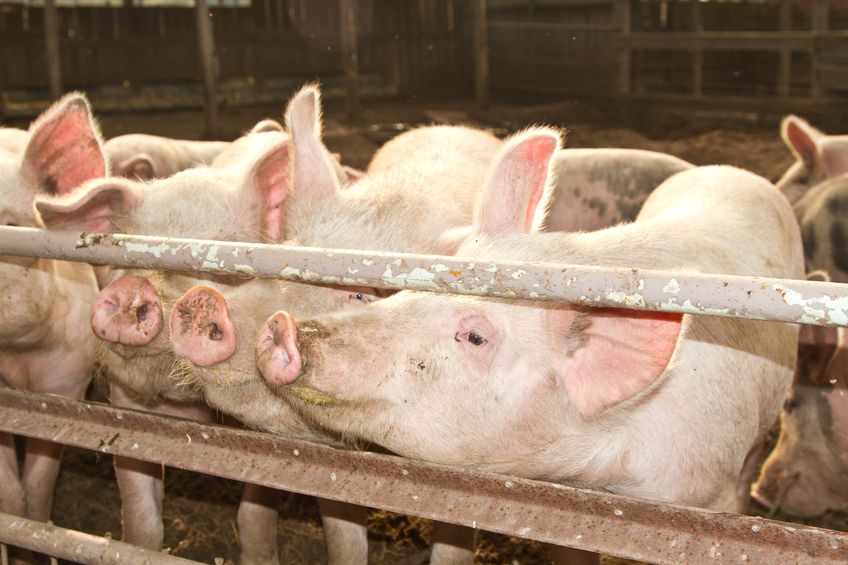
Researchers from Ohio State University have found bacteria on a US pig farm that can withstand a crucial family of antibiotics.
Carbapenems, as they are known, are a "last line of defense" against bacterial pathogens that can resist other antibiotics, the study notes.
Worse still, the gene that allowed the bacteria to resist carbapenems turned up in a plasmid—small chunks of DNA found in bacterial cells.
Plasmid-carried genes bounce easily from one bacterial strain to another, meaning that carbapenem resistance is highly mobile—making it more likely to find its way into bacterial pathogens that infect people.
Carbapenem-resistant bacteria are serious, and occasionally found in hospitalized patients. However, in the US, carbapenems are never used in agriculture because of their importance to human health. “It’s a surprise that they would show up in livestock,” said corresponding author, Thomas Wittum, PhD, Professor and Chair of Veterinary Preventive Medicine at Ohio State University.
The investigators used gauze swabs to obtain samples from floors and walls of pens to collect environmental and faecal samples from a 1,500 sow, farrow-to-finish pig farm during four visits over five months. Despite all the work they had put into the study, they were still surprised to find carbapenem-resistant bacteria growing on the agar plates, said Mollenkopf.
Furthermore, the cabapenem-resistance gene was present primarily in environmental samples from the farrowing operation, and the investigators failed to find it in pigs being fattened for slaughter. “There is no evidence the pigs carried the gene into the [human] food supply,” said Wittum.
Still, finding the gene at all on this particular farm was somewhat mysterious because no new livestock were introduced on it during the past 50 years, said Wittum. The farm had bred all of its animals during this time.
The investigators suggest that in light of their results, monitoring farms will be important, to ensure that they do not become a source of bacteria with carbapenem resistance genes such as of IMP-27 within the human population. Additionally, “We may need to examine some of the practices of farms, and evaluate whether they are really appropriate, and whether the benefits outweigh the risks,” said Wittum.
